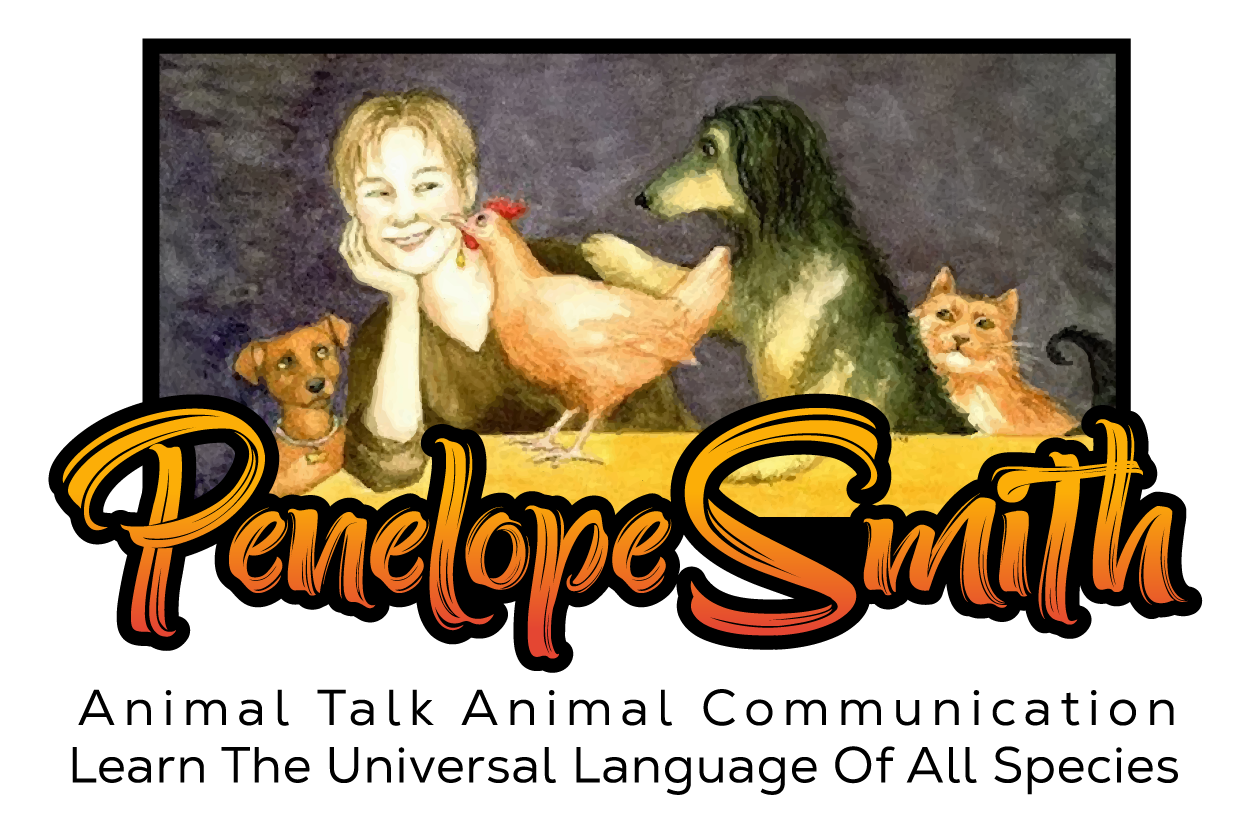Tell It Like It Is
November 16, 2021 Filed in:
Being an Animal CommunicatorWhen people first start training as animal communicators, they are often unsure and hesitant about relaying the communication they receive from animals. As their instructor, I commonly had to coax students to say what communication they got, since they weren’t sure it was “right” or that they got anything at all and didn’t want to look foolish.
Hedging their Bets
When students were doing course exercises with other people’s animal companions, instead of just telling what they got from the animal to the person, they might hedge their bets. They did this by asking a question instead of making a direct statement.
They might ask their fellow student, “Does your dog like to play with a big blue ball?” Then, when the person answered in the affirmative, they would sigh with relief, and then say, oh, yes, I got an image from him of playing with a blue ball in your backyard.”
This shows their lack of confidence at the beginning stages of getting familiar with animal communication and how it came to them. I tried to nip this negative habit in the bud and encouraged people to get into the practice of coming forward and just stating what they got instead of tensing up, pulling back, and questioning it.
“I got… from the animal.” instead of questioning if or what they got was to be their modus operandi.
When people come forward with what they receive, it can lead to more clarity and being open to more information that they didn’t even realize at the time they were getting. When they second guess themselves and try to get confirmation from the person before they dare to blurt out their communication, this can lock down the process of reception for them and obscure or cut off further communication.
How it Affects Animals
Animals also can feel that they and their communication are not really being acknowledged and that the person doubts that the animal really gave the information to them. This makes a free-flow exchange of communication between humans and animals more difficult or even impossible.
When animals feel people don’t honor that two-way communication is really happening, they may tune out of the conversation that is being stifled on the human end.
After coaching beginners on this and helping them with further practice to realize how their communication is real and how it feels and works for them, the destructive habit of self-doubt about animal communication begins to fall away. They gain confidence in their communication and learn to just tell it like it is.
Clarifying with Animals
That doesn’t mean that animal communicators, beginning or experienced, always get the full and accurate communication in one dose after the person asks about something they want to know from their animal friend.
After relaying to the animal’s person what their animal friend answered, the human client may have questions about it and what it means or how it’s real. The animal communicator may need to go back to the animal to get more clarification, explanation, or filling in of details to fully answer and help their person to understand what the animal feels and thinks.
Animal communication sessions are often a learning process for everyone involved.

It is also imperative that the animal communicator translates the communication to reflect accurately what the animal feels and in words that the person can best understand. This involves staying in telepathic connection with the animal and human clients during a communication session, feeling what they feel, understanding what they are communicating, and communicating with compassion to help bring light to any problematic situations. This is done to bring more harmony and understanding to all concerned. See the Code of Ethics for the intention behind doing animal communication consultations.
Animal Communicators Second-Guessing Themselves
I was surprised recently when I saw a video of an experienced animal communicator hedging her bets in this way, which prompted my writing about the subject.
She’d ask an animal a question from their person and then query the person “if the animal did this” or “does the animal like that activity” before she would give her response of what she got from the animal.
It made her look like she was guessing what the animal was saying, trying to pull the information out from the person that she would then elaborate on, or just giving her advice rather than getting true communication from the animal. It came across as very unprofessional and reminded me of my beginning animal communication students.
I advise you to catch this habit yourself if it has not already been upended in your animal communication training. Honor animals’ intelligence, ability to communicate, and sensitivity as well as your own. Say yes to yourself and your telepathic communication ability and it will improve along with your confidence.
You may find that you open doors to receiving much clearer, deeper, and more life-transforming communication from animals, the kind that changes lives and worlds in positive and even miraculous ways. 



